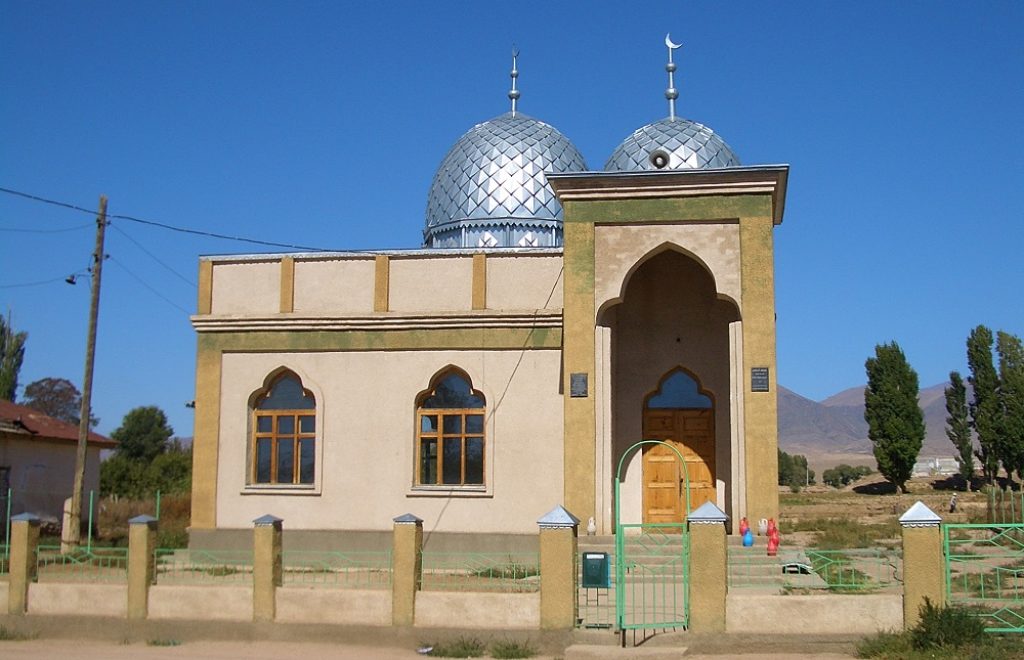The growing religiosity of Kyrgyz youth
The early morning call to prayer woke Kairat up. He got up with haste, as he was anxious not to be late. He wanted to make it to morning prayer in a community mosque located 700 meters from his home. As he put on his coat and heads out of the house on a chilly, late-November morning, he could not resist the feeling of guilt that he almost overslept. He returned from Bishkek quite late the night before and was very tired.
In Bishkek, Kairat and others were discussing sublime ideas of how Kyrgyzstan’s youth view the country changing by 2030. Their visions could easily be applied to Kairat’s home village of Kolduk in the Issyk-Kul region. “We are living in changing times,” he thought. Back in the Soviet times his village had not had a single mosque and today there are four in the tiny community. He and others believe that the growing religiosity in Kyrgyzstan is an issue that needs to be addressed.
January 2, 2018 - Keneshbek Sainazarov


































